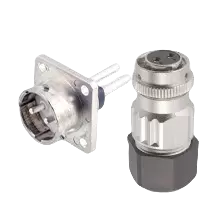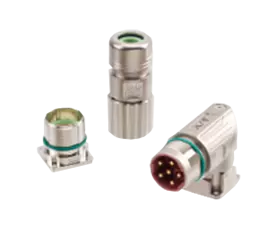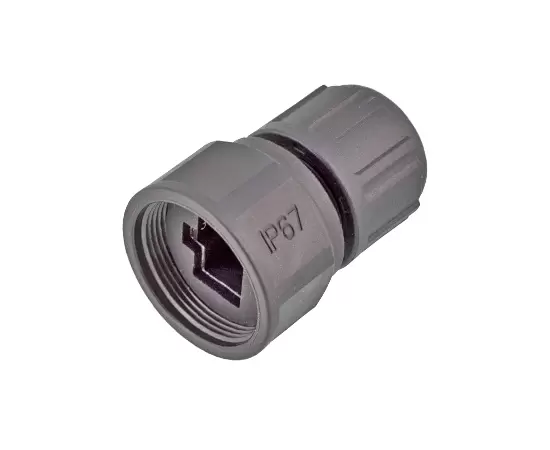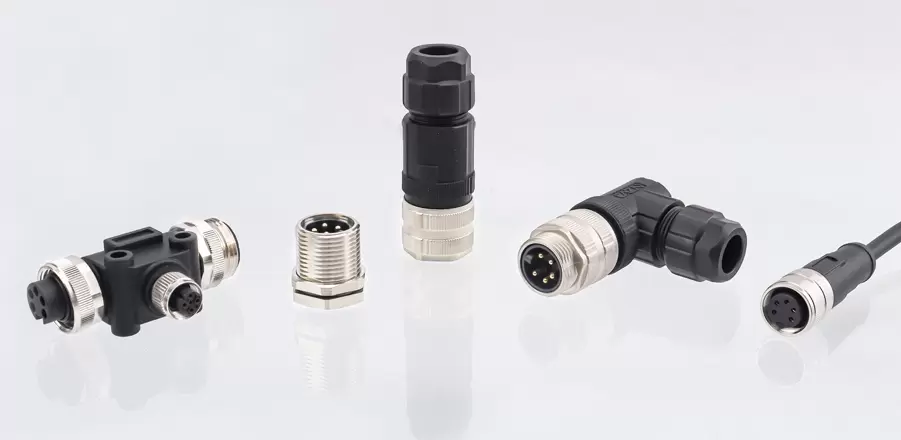How to Choose the Right Communication Cables for Industrial and Commercial Applications
Selecting the right communication cables is essential for ensuring stable data transmission, reliable system performance, and long-term operational safety in industrial and commercial environments. From manufacturing plants to smart buildings, every application requires cables that can handle specific electrical, mechanical, and environmental demands. Understanding these requirements helps businesses avoid downtime, improve efficiency, and support future technological upgrades.

Communication cables are the backbone of modern automation, monitoring, and control systems. They connect machines, sensors, servers, and communication terminals, enabling data to flow accurately and at high speed. Whether used in energy systems, transportation networks, automotive production, or intelligent traffic systems, choosing the right cable begins with understanding performance standards and matching technical specifications to operational needs.
One of the first considerations is transmission requirements. Different applications call for different bandwidths, speeds, and communication protocols. For example, high-speed data networks may require shielded twisted pair cables or fiber-optic cables to reduce interference and maintain signal clarity. Industrial equipment, on the other hand, often operates in environments with high electromagnetic noise. This makes high-quality shielding and durable insulation critical to ensure uninterrupted communication. Understanding the data load, distance, and protocol requirements helps narrow down cable types that offer both reliability and performance.
Environmental conditions are equally important. Industrial settings often expose cables to oil, vibration, moisture, high temperatures, or mechanical stress. Choosing communication cables with reinforced insulation, flame-retardant materials, or chemical-resistant jackets ensures longevity and safety. In commercial buildings or smart facilities, the focus may shift toward flexibility, ease of installation, and compliance with fire-safety standards. In both cases, selecting cables that meet recognized certifications helps ensure compatibility and long-term stability.
In addition to performance and protection, structural design plays a significant role in cable selection. Features such as shielding layers, conductor material, and cable geometry influence signal quality and durability. For instance, copper cables are commonly used for shorter distances and standard communication systems, while optical fiber is ideal for long-distance, high-bandwidth applications. Shielding options like foil or braided shields help prevent electromagnetic interference, which is especially important in environments with heavy machinery or power equipment.
Reliability also depends on choosing products that meet industry standards. This is where experienced manufacturers play a crucial role. CAZN Electronic specializes in industrial connection technology and offers communication solutions that adhere to IEC, GB/T and UL standards. These standards ensure that the cables and connectors meet strict safety, performance, and durability requirements. CAZN products are widely used in wind power generation, high-speed rail systems, automotive manufacturing, intelligent transportation, and smart manufacturing. Their commitment to quality and precision makes them a trusted choice for demanding industrial and commercial applications.
Another factor to consider is compatibility with existing equipment. Many modern systems rely on a combination of communication cables, connectors, and interfaces. Ensuring that cables work seamlessly with devices, sensors, and automation systems minimizes installation errors and reduces maintenance issues. Working with a professional supplier that provides comprehensive technical support helps businesses select the most appropriate cable specifications and configurations.
Long-term cost is also an important element of cable selection. While high-quality communication cables may have a higher initial price, they often deliver better performance, reduce system failures, and lower maintenance costs over time. Investing in durable, high-performance cables ultimately improves operational efficiency and reduces unexpected downtime.
In conclusion, choosing the right communication cables for industrial and commercial applications requires understanding technical requirements, environmental conditions, and compliance standards. From bandwidth and shielding to durability and certification, each factor plays a role in ensuring reliable communication. With manufacturers like CAZN Electronic offering high-quality, standard-compliant connection products, businesses can build robust and efficient systems for today’s rapidly evolving industrial and commercial environments.









